This is a part of our STAR WARS: The Last Jedi series which opens in theaters on December 15, 2017. As a reminder we partnered with Disney on this series to give you the holiday magic at Disneyland, the insiders view of the Star Wars” The Last Jedi press junket. All opinions are mine alone.
Our last article was on how Laura Dern, VICE ADMIRAL AMILYN is a Dominant Fashionista and today we’ll share our exclusive interview with Gwendoline Christie “Captain Phasma” about her masked armor, being the first female villain, and more.
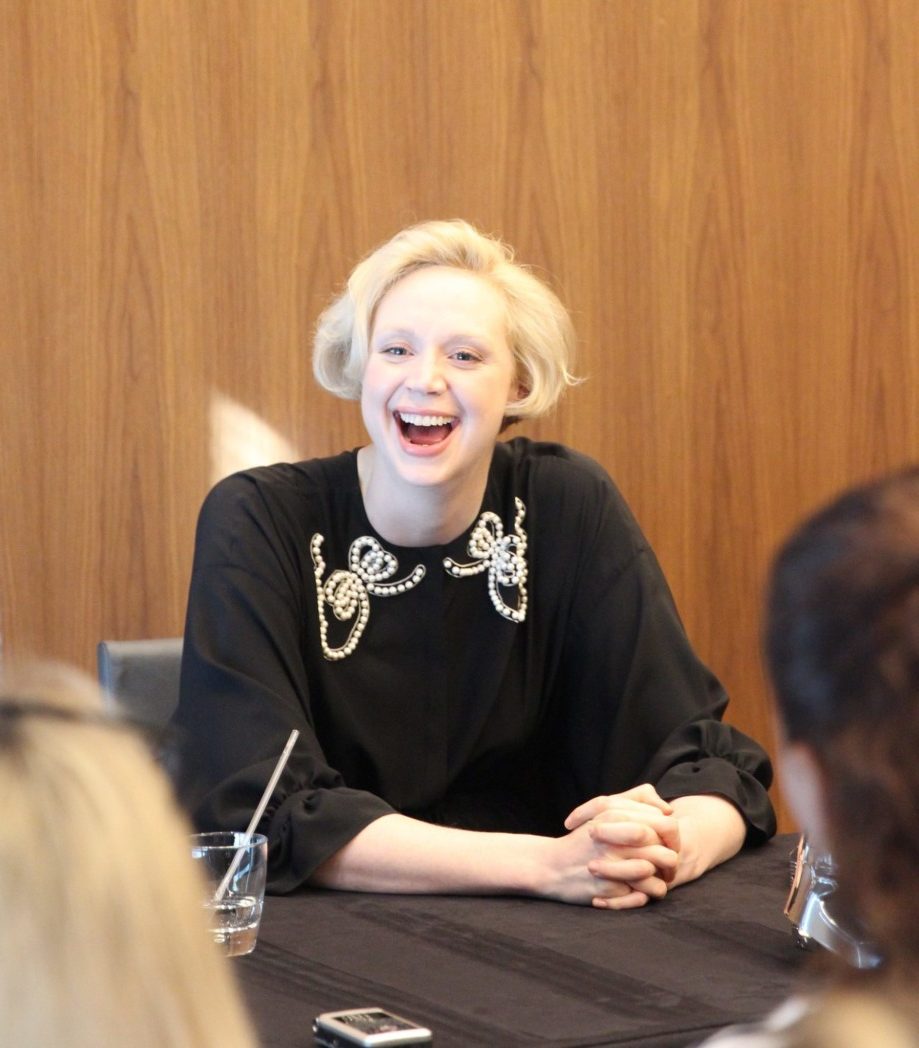
We were first introduced to Captain Phasma in STAR WARS: The Force Awakens but we’re also a huge fan of her character Brienne of Tarth from Game of Thrones! Both characters strong badass women in armor but yet so different.
Gwendoline entered the interview room and immediately electrified it. Her energy and passion comes through with every word and her eloquent British accent makes you want to chat forever. She gave a lot of insight on wearing this suit of armor that also covered her face.
Someone like Captain Phasma, it’s in every fiber of her being- the need for ambition; the need for revenge; the need to be ultimate; the need to destroy.
Without giving us any Star Wars: The Last Jedi spoilers, can you tell us about your character of Captain Phasma?
GC: In Star Wars: The Force Awakens, Captain Phasma is an enigma. She’s a mystery. She turns up out of nowhere, she has this very confrontational, threatening presence. That’s compounded or emphasized by this suit of armor, which is entirely practical.
I think there’s something about these characters that are masked, that we want to see what’s behind the mask.
What I loved about Captain Phasma is that, in this world we live in, we are met with a deluge of information all the time. The idea of having that moment, that sort of suspension of disbelief where you’re forced to wonder who is this [behind the mask]; I was very attracted to that.
We do see more Phasma in Star Wars: The Last Jedi, and what we see is her resilience, her need to fulfill an overriding sense of revenge. We see something we don’t commonly see in female characters, and it manifests itself in different ways, this violence that comes from deep within her.
That’s something I find interesting about Captain Phasma. Women are not conventionally supposed to have a violence that comes from deep within.
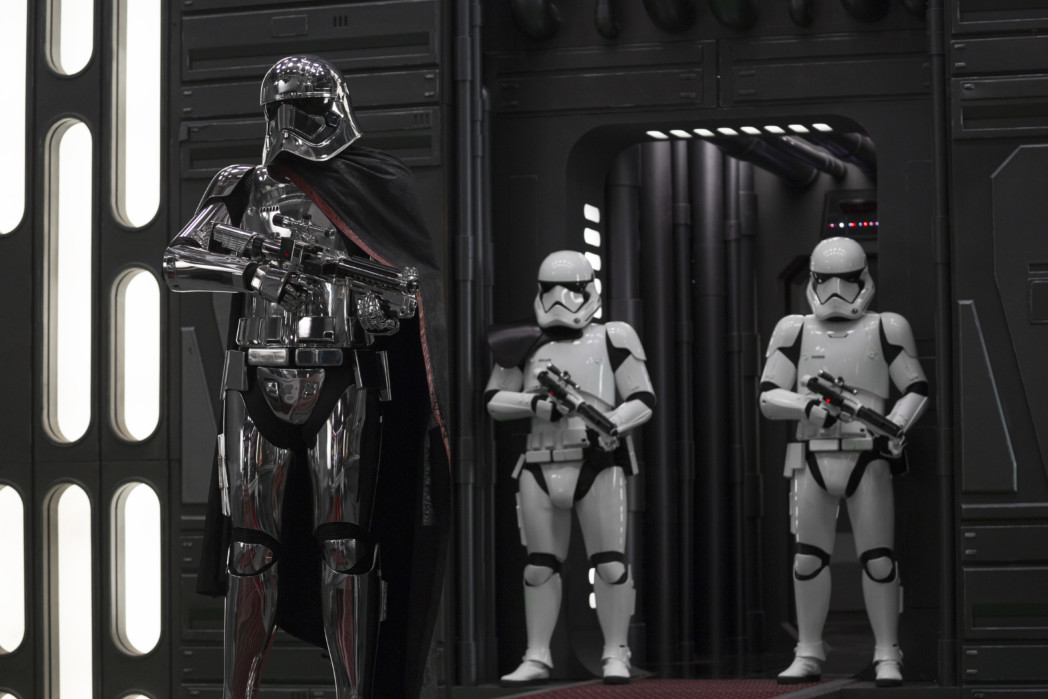
You have such an amazing costume. Is there a physical transformation that takes place when you’re in costume that influences your acting?
GC: In the first film, no one was quite sure about this character. They have Captain Phasma and (the directors and producers) loved it, and they made a series of decisions where they initially thought Captain Phasma could be male. Then the decision was made that it would be more interesting for the character to be female.
I was lucky enough to be given a couture suit, so the armor was made to fit my dimensions exactly. I just loved that we maintained the practicality of what she was wearing.
Everything you’re given, as an actor, informs you. It’s not just you, it’s all these different people and what they think about the character. How they’ve executed that creatively informs you of who this person is.
So you put this armor on, and you feel rigid and uncompromising.
As an actor you have the challenge of just how to move. Just walking becomes a challenge, but you realize that the person [behind the mask, underneath the armor] is exerting a great deal of force just to move, and that force is coming from within.
[The person behind the mask] has elected to dress this way. The idea of the senses being shut down, sometimes entirely, that’s an interesting choice to make as a person and to exist entirely practically.
There’s also a certain amount of strength and flexibility one needs. With someone like Captain Phasma, she has a degree of strength that has to exist muscularly, so she is a strong person, physically. We worked on that a lot for the film.
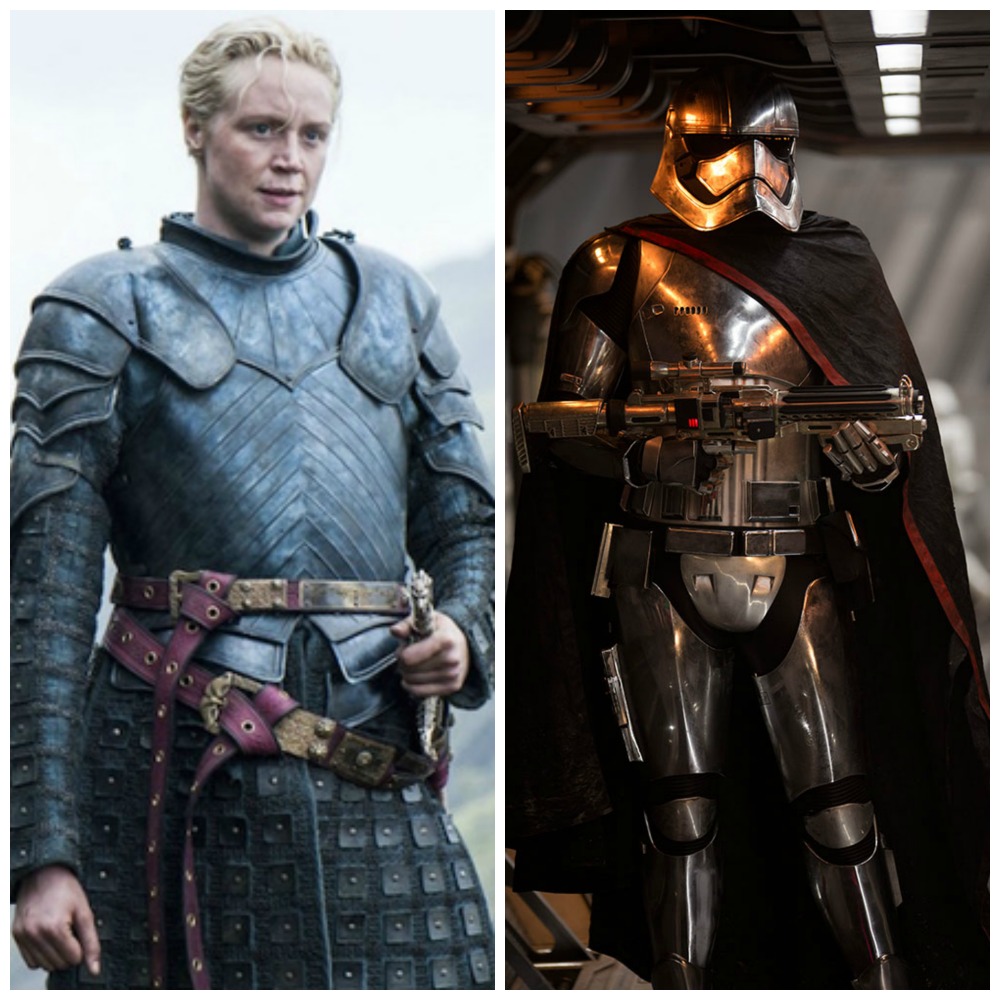
It seems like everybody’s putting you in armor lately. Do you have a favorite? Do you like one better than the other?
GC: Well, I mean, so far those are the only times I’ve been pushing armor- those two occasions, and not before, and potentially not since these roles will I be pushing armor again. But there’s something about- in with Brianna Toth in Game of Thrones when we first saw the character in season two, in the book she was described as Brianna the Blue. The armor was all blue. But the brilliant Michele Clapton, the costume designer, and I love this idea that she had, that she wanted the armor to be cobbled together pieces that Brianna had found and put together so she could have a suit of armor.
Have you had a chance to read the Captain Phasma novel yet?
GC: I’m reading it at the moment. I’ve been very lucky to be really busy, and on my breaks from the Game of Thrones on set, I’m reading the book. And I’m reading it off my phone because otherwise people are gonna ask me constantly about what is happening. But it’s brilliant it just explains so much about the character.
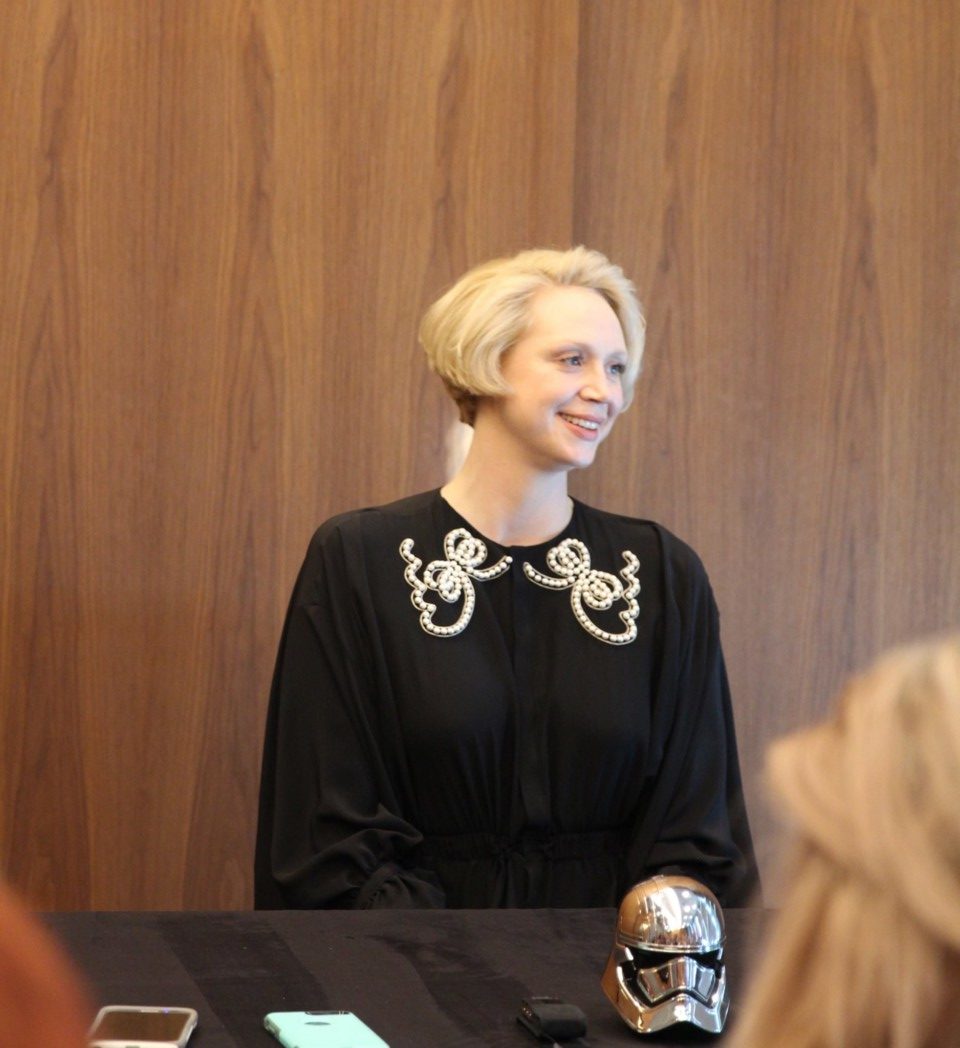
So what was training like for both of these roles, and much do you have to throw yourself into it for Captain Phasma?
GC: Well, something really wonderful happened which was that I was reunited with the brilliant stunt director/stuntman, C.C. Smiff. C.C. Smiff taught me to fight on Game of Thrones at the start of season two when I was first starting the show. It was C.C. that taught me to sword fight.
So to be reunited on a Star Wars film, and to do something incredibly difficult, you know, exceptionally difficult, and for him to push me to go further, and for him to be there.
He’s the person that helped to give me the courage in the first place, to say you can do more than you ever thought, physically, and to do it with a great deal of humor, and charm, and humanity. And he’s a man always sort of without ego, as well. I mean, what an amazing, an amazing teacher, and to be reunited with him, and he’s also so brilliant about how he puts things together, and how they evolve about pushing you further, and in terms of your strength.
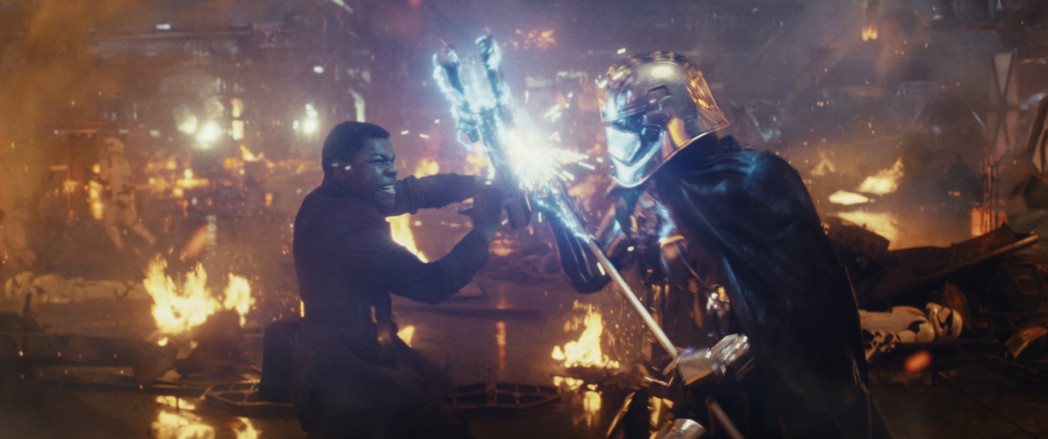
If you had a light saber in real life, what color would it be?
GC: I think it would be pink, because of what that represents, you know? It’s a pink ribbon that represents wanting to stand with the further research into breast cancer– the idea of pink and the pink pound with the gay community, which is a community I’ve always had a strong relationship with, and also because, you know, it’s kind of a double-edged sword. When something’s pink, you think it’s soft and fluffy, and then, whoop, I just cut your head off. ”
How did you mentally prepare yourself for the character? What did you add of yourself to it, to make it more human, or to make it more relatable?
GC: She’s a person, and you think about why people behave the way that they do. Often people that behave in a malevolent way, it’s because that’s the base of it- they’re fearful, and the fear overtakes them and it can manifest itself in a total loss of empathy. And that the total loss of empathy causes the person to only think about themselves and their own needs, and their own brain space becomes about their receives, how they feel attacked, and how they’re going to fight back.
And it also becomes about the individual rather than the needs of the group. When someone exists like that, it can be those that are liberty, and those that have spirit, and are unafraid to be who they are, that those people want to eradicate; that they want to hurt…. someone like Captain Phasma, it’s in every fiber of her being- the need for ambition; the need for revenge; the need to be ultimate; the need to destroy.
STAR WARS: THE LAST JEDI hits theatres everywhere December 15th!
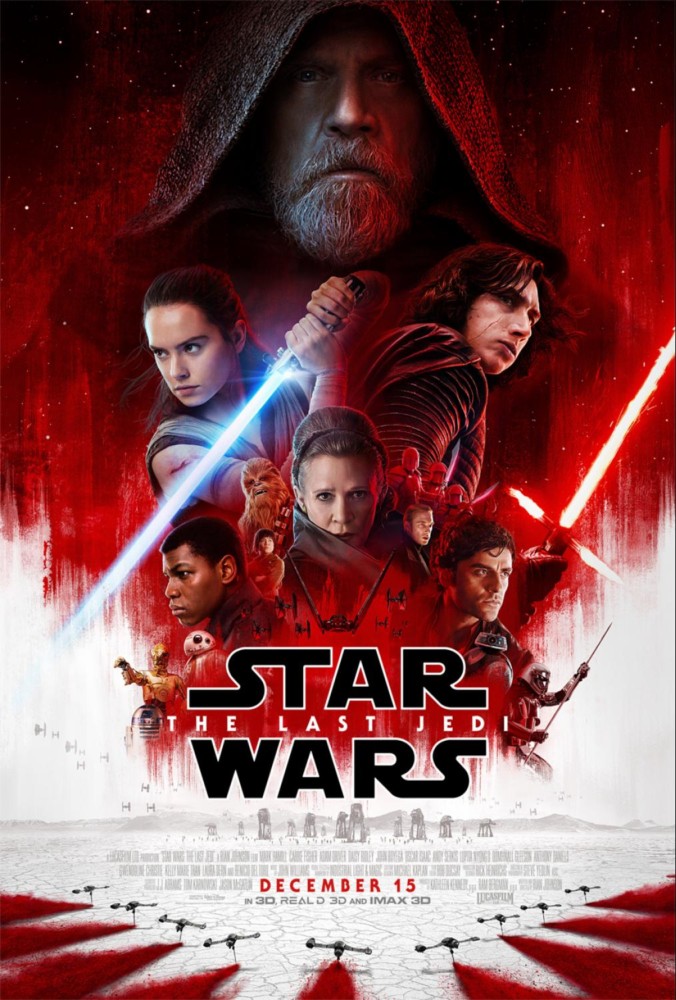
- Like STAR WARS on Facebook: https://www.facebook.com/starwarsmovies/
- Follow STAR WARS on Twitter: https://twitter.com/starwars
- Follow STAR WARS on Instagram: https://www.instagram.com/StarWarsMovies/
- Follow STAR WARS on YouTube: https://www.youtube.com/user/starwars
- Visit the official STAR WARS: THE LAST JEDI website: http://www.starwars.com/films/star-wars-episode-viii-the-last-jedi

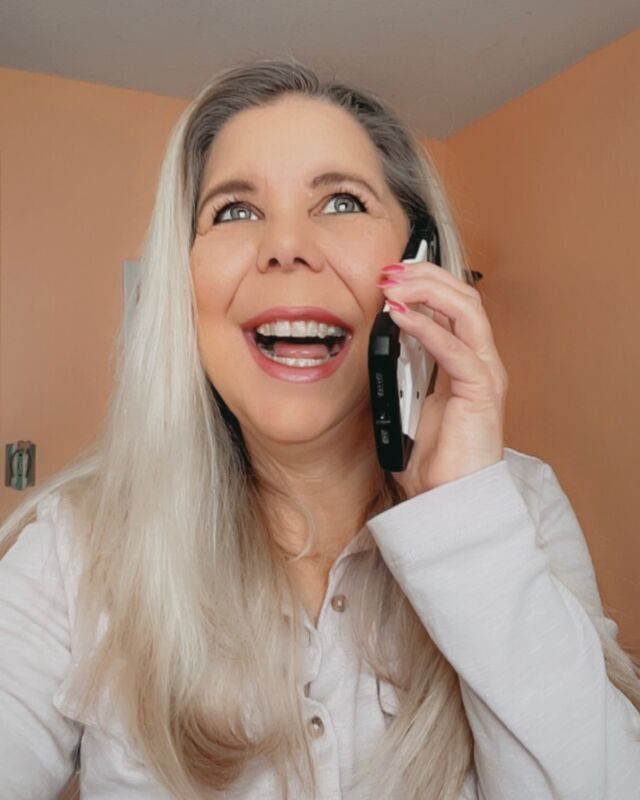
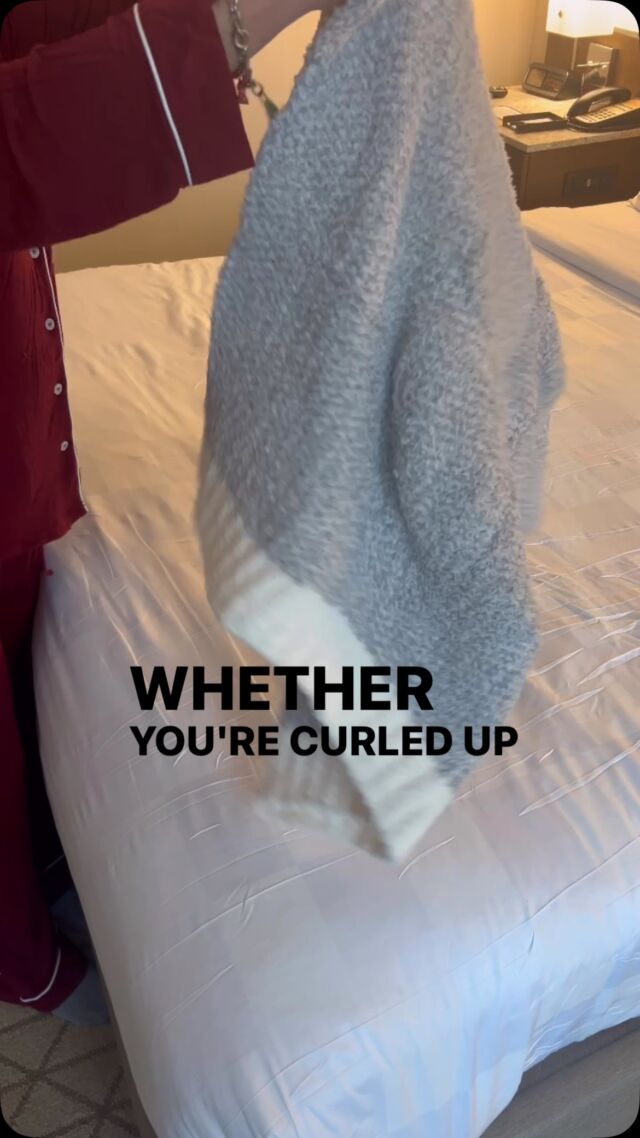
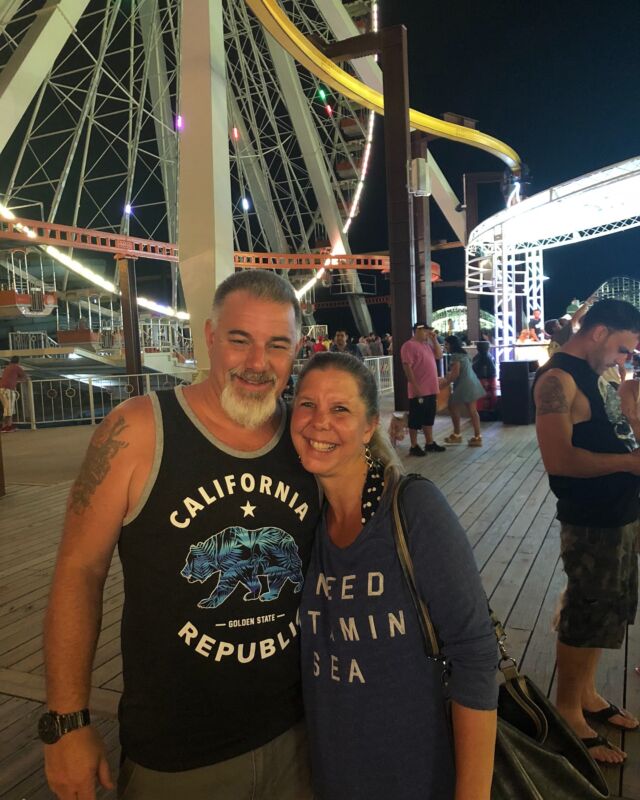
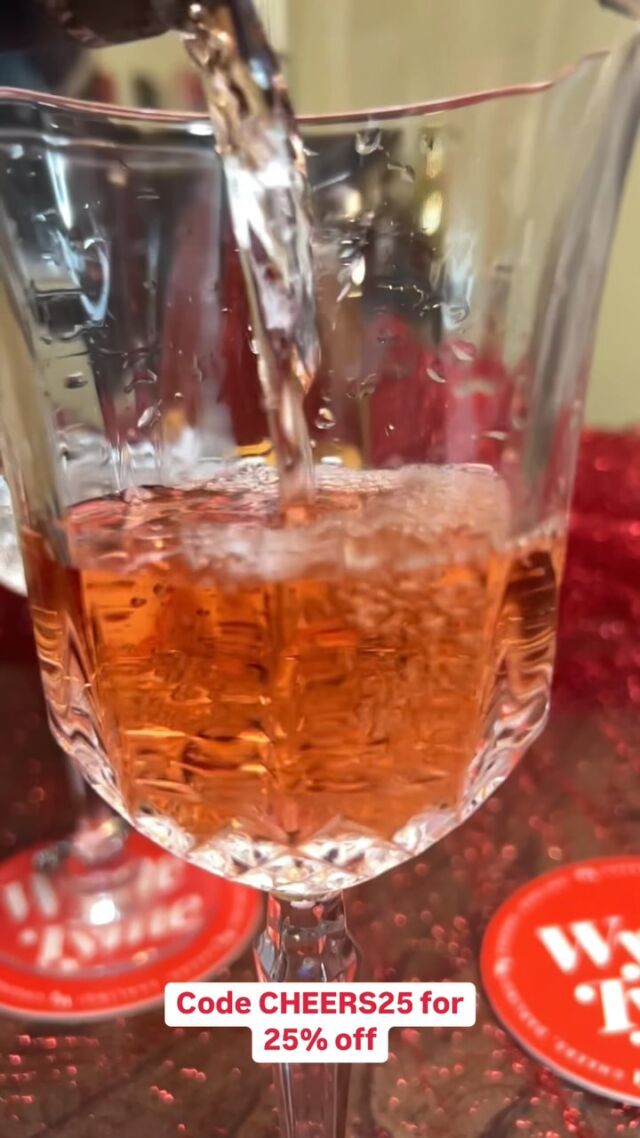
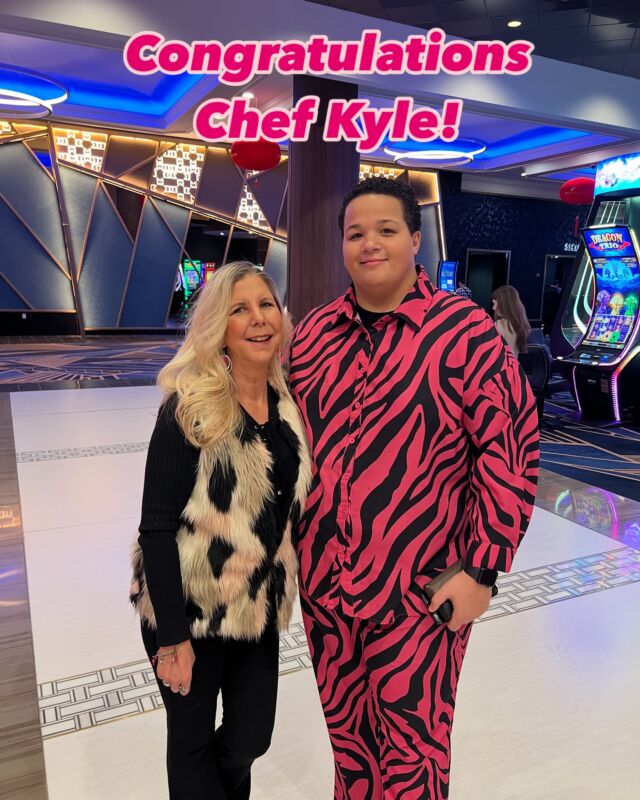
 Sneak Peek at Sugar Factory’s Valentine’s
Sneak Peek at Sugar Factory’s Valentine’s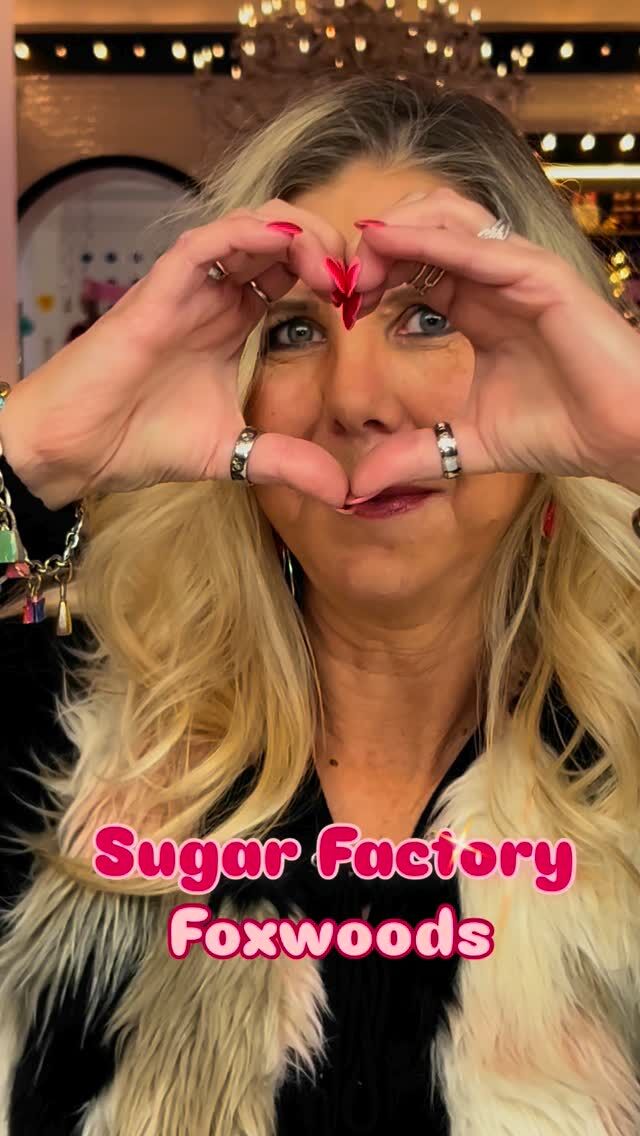
Leave a Reply